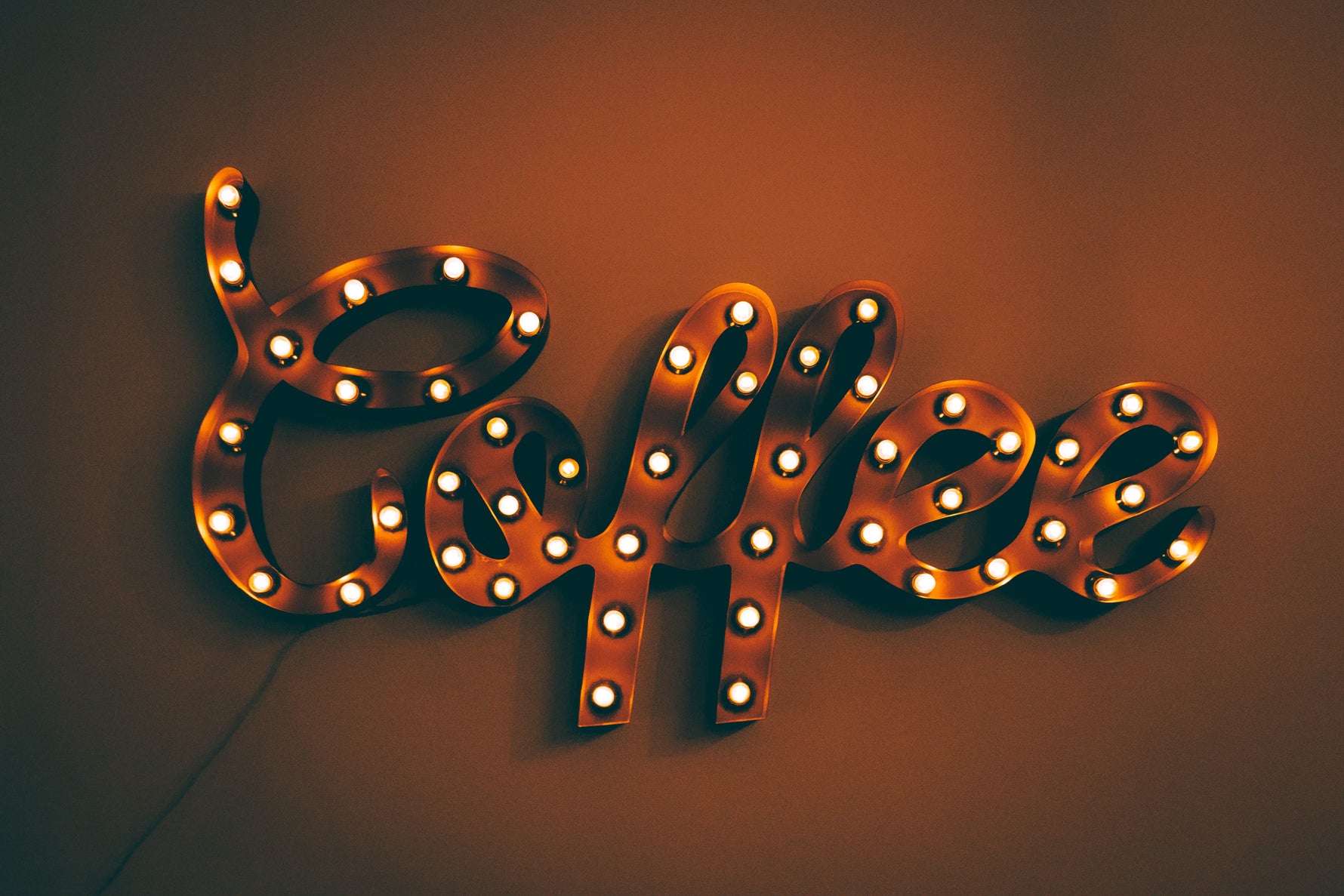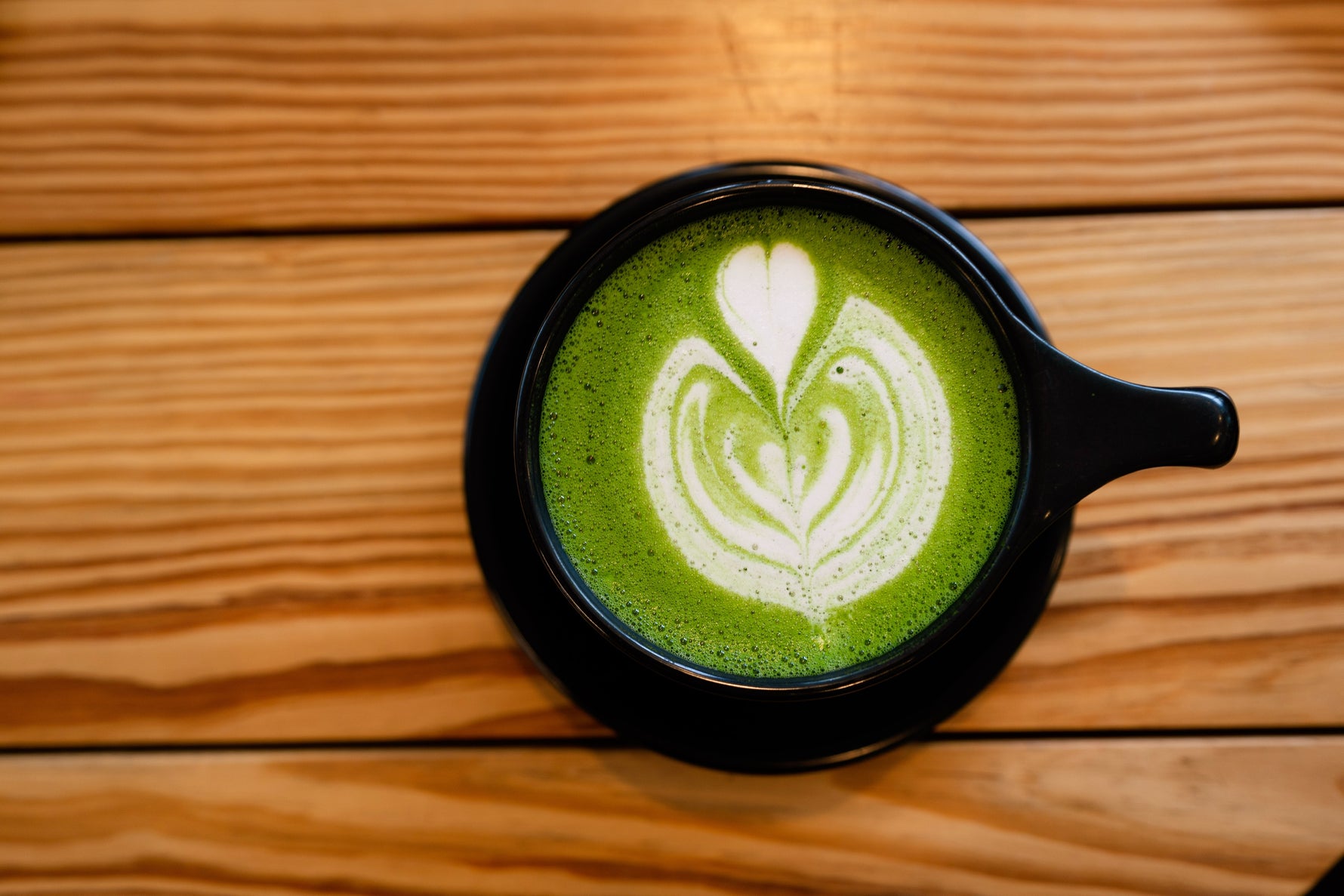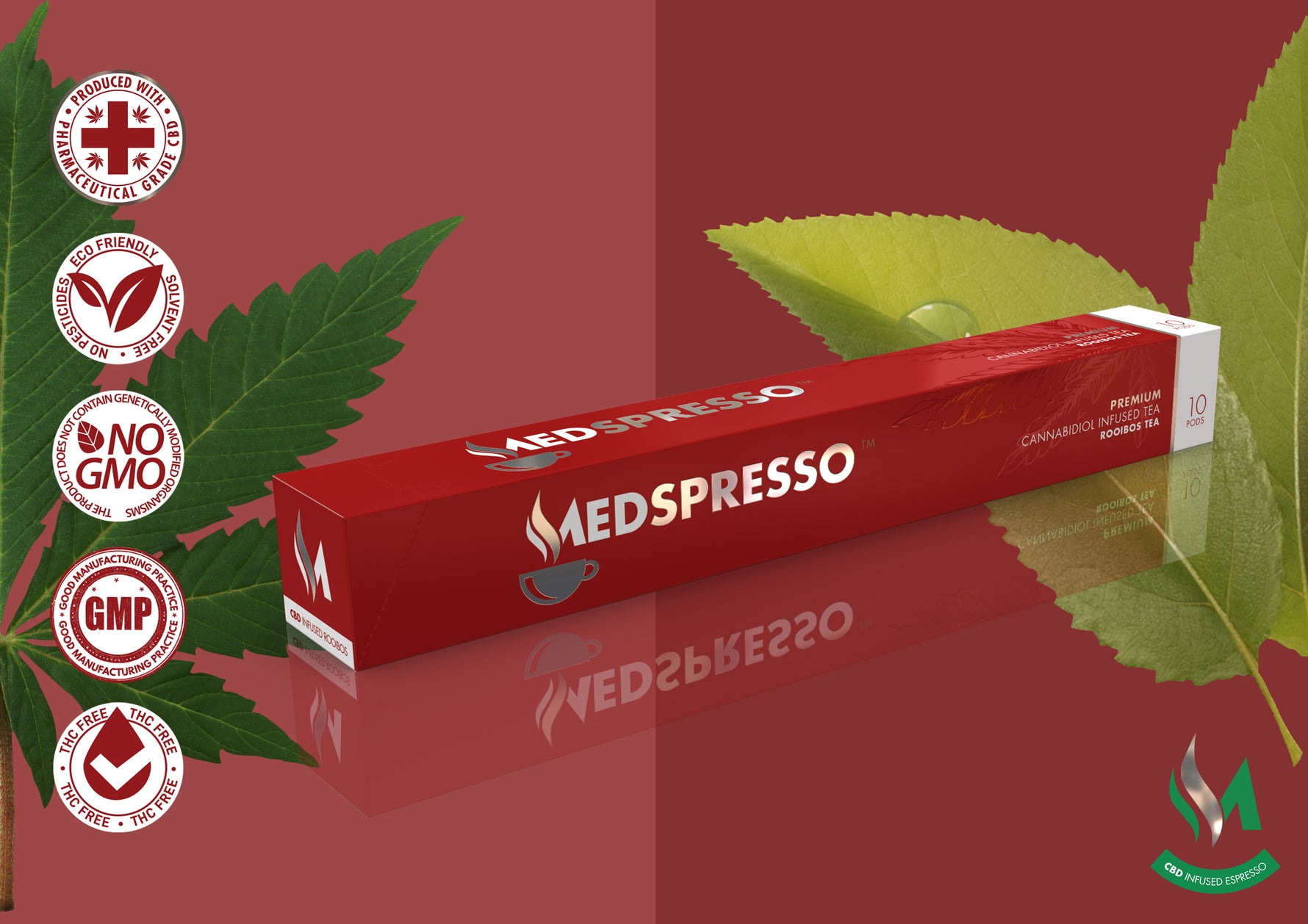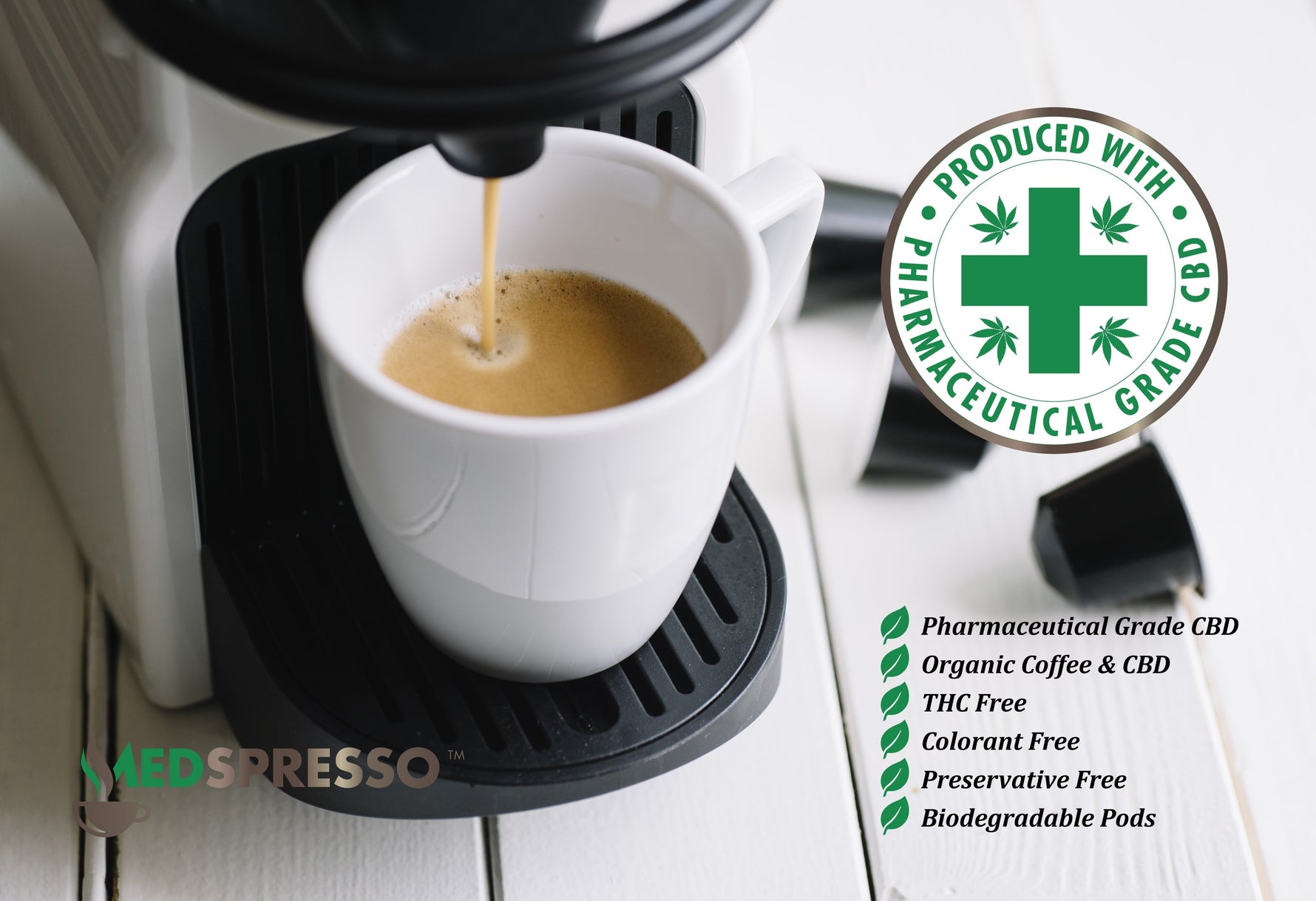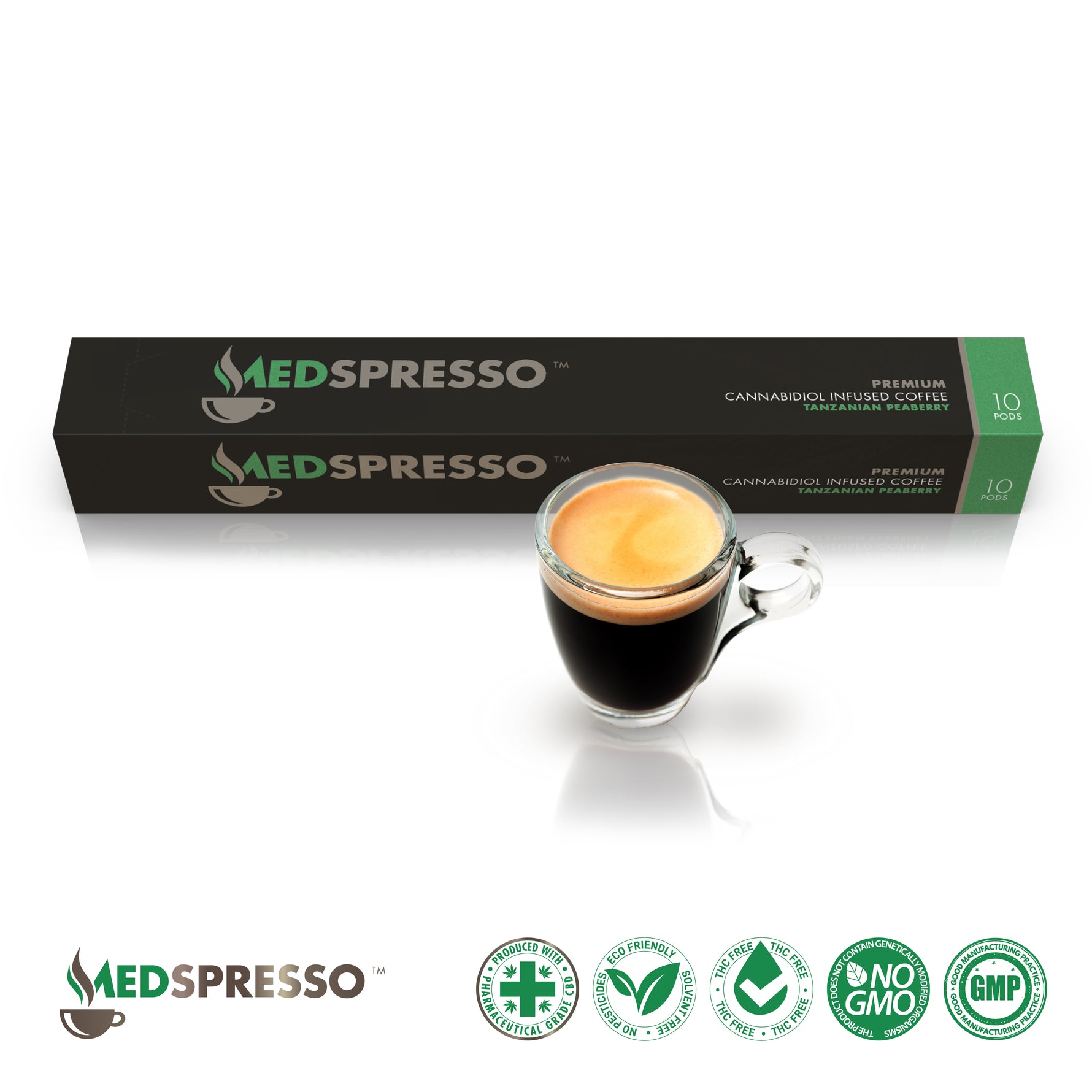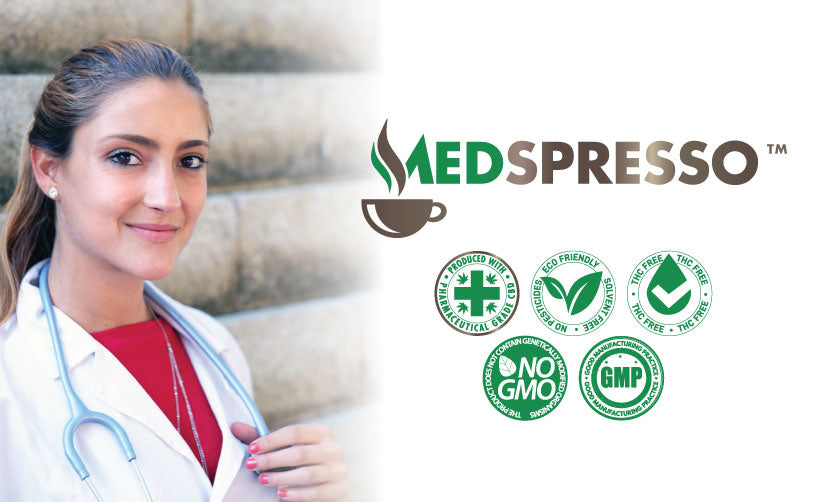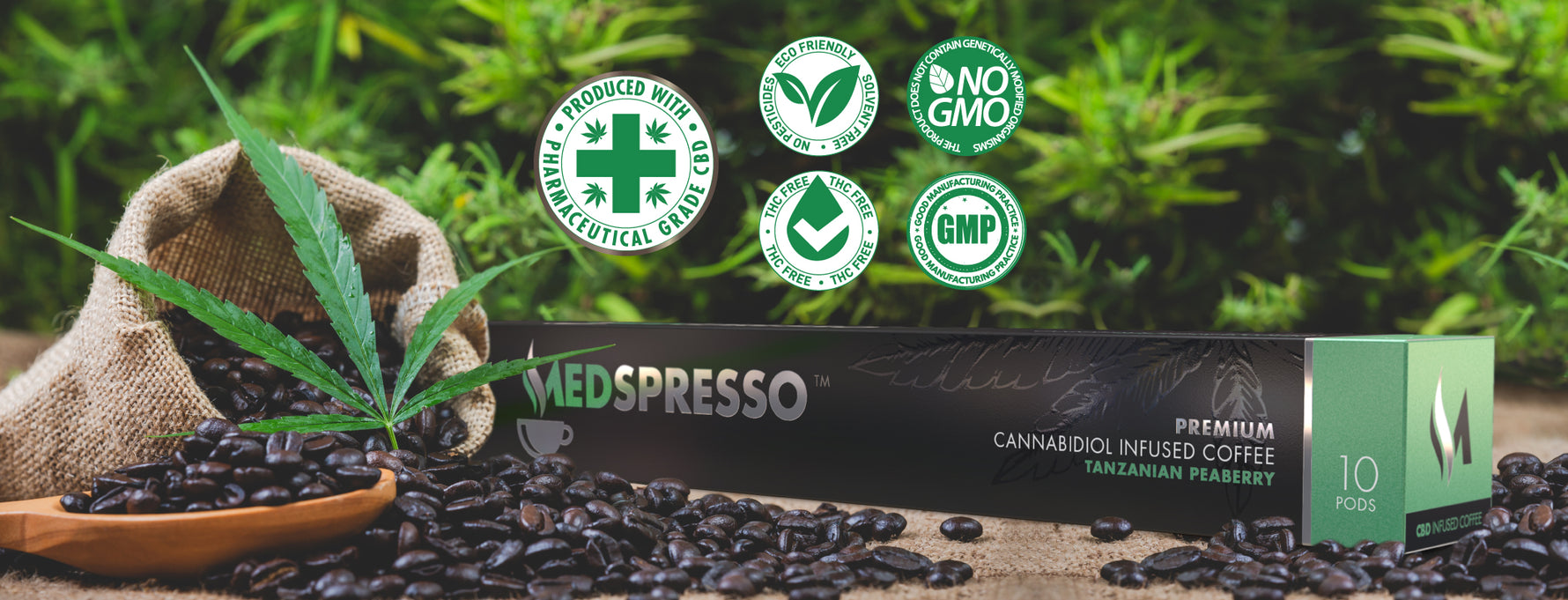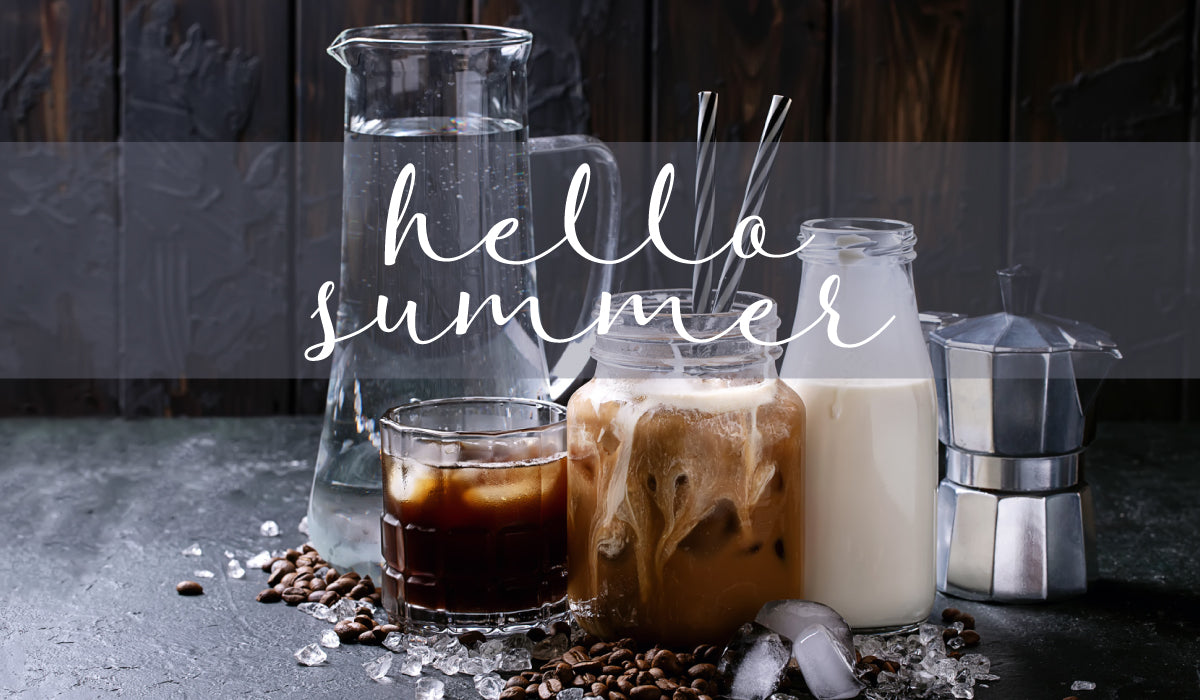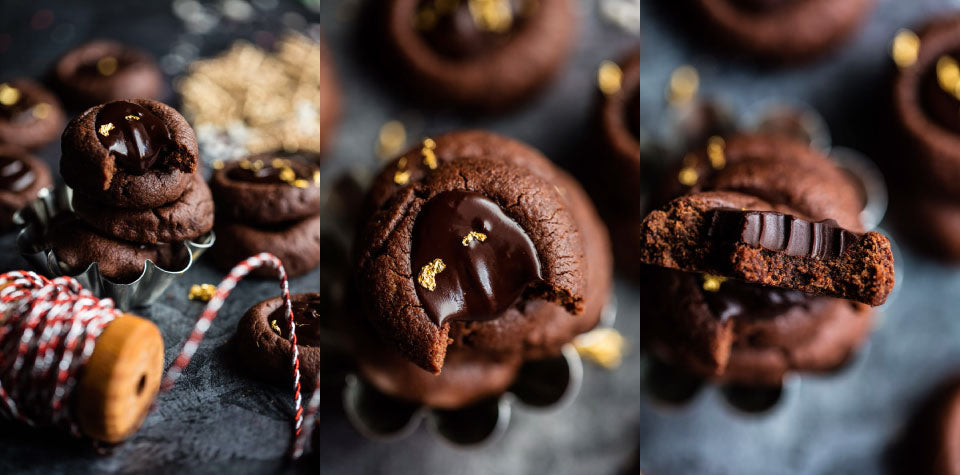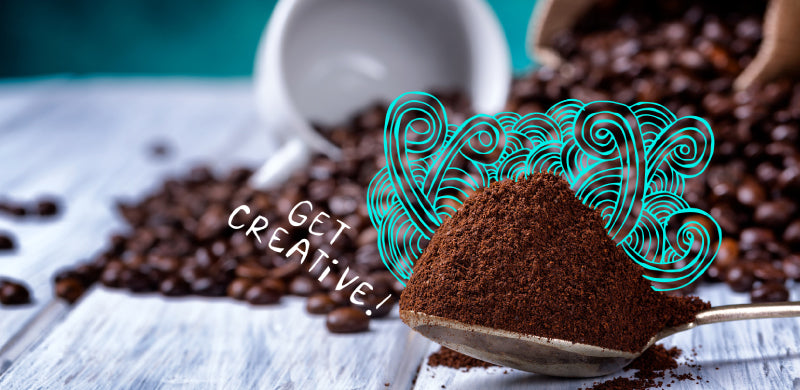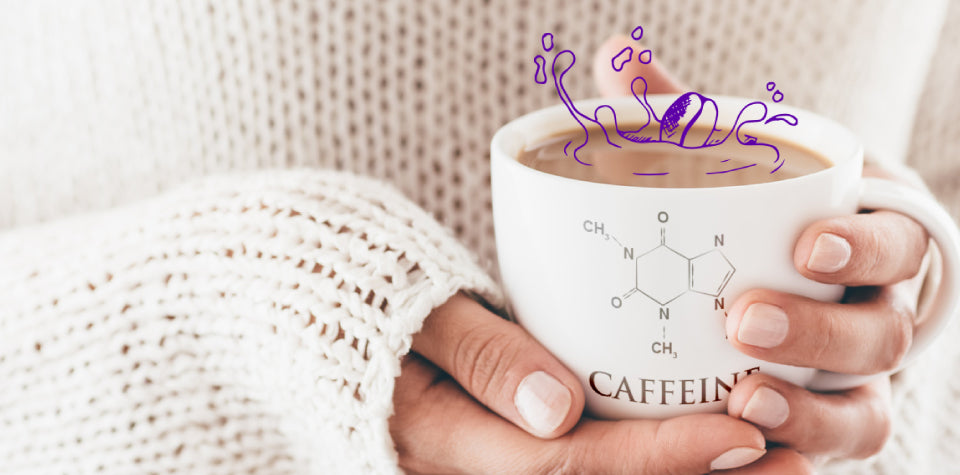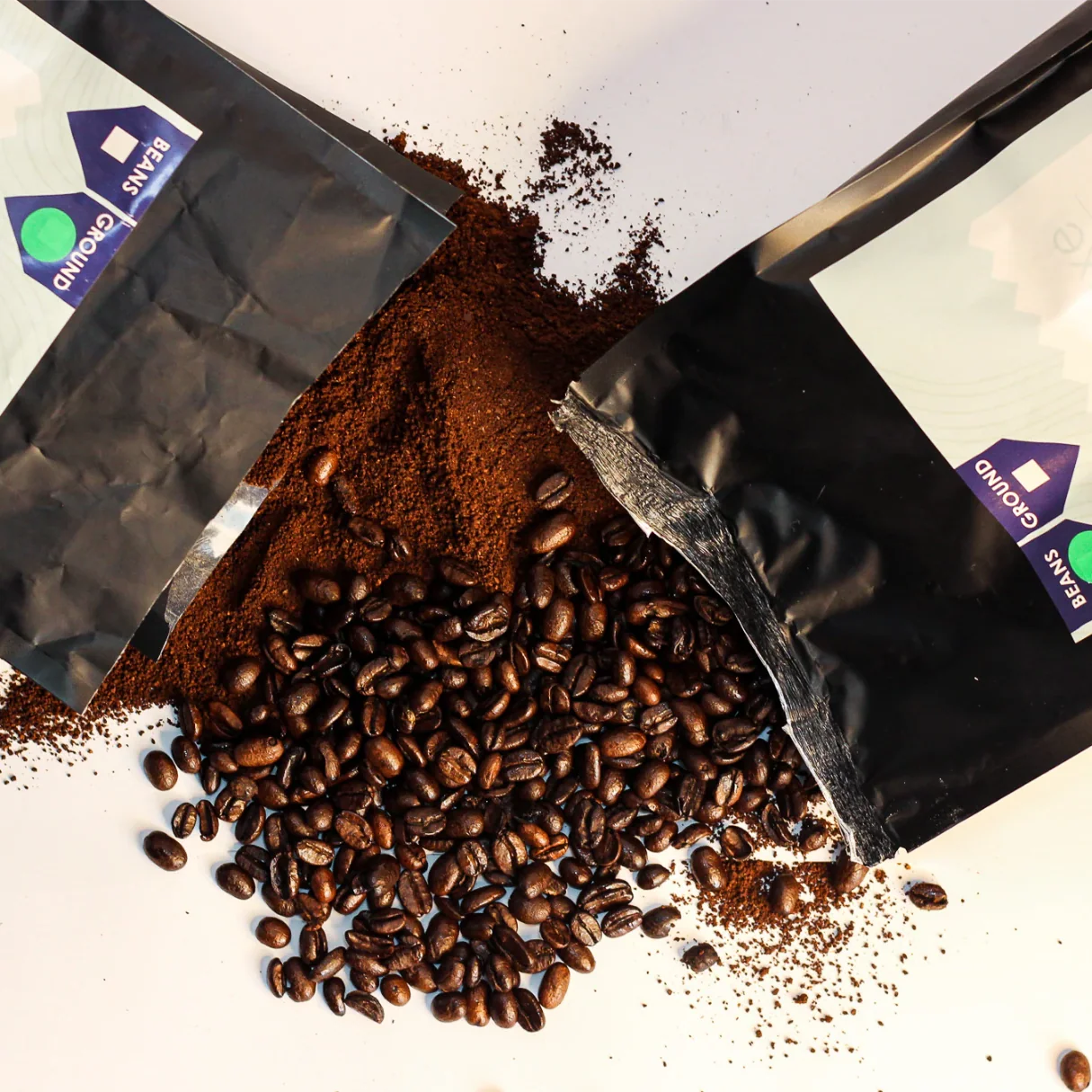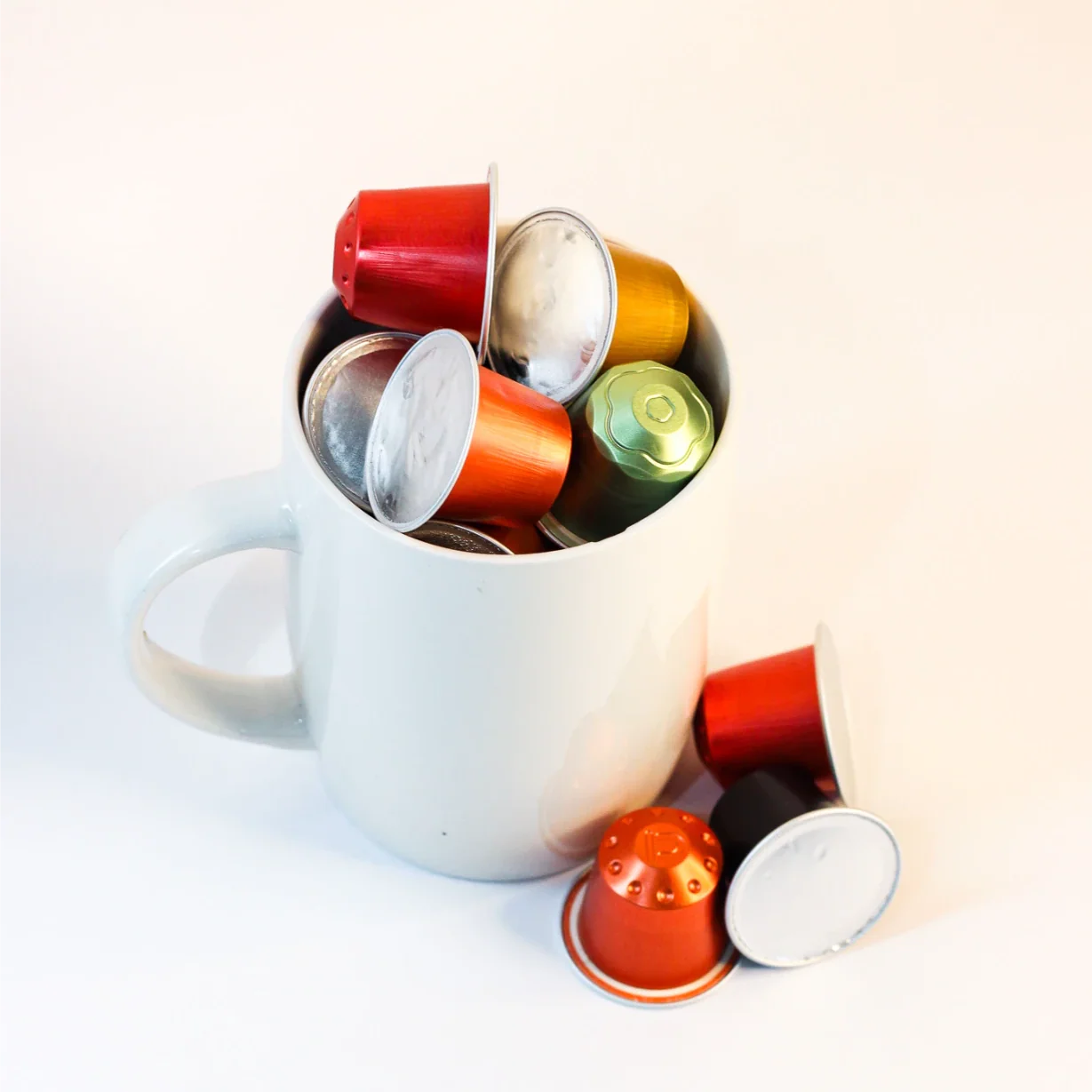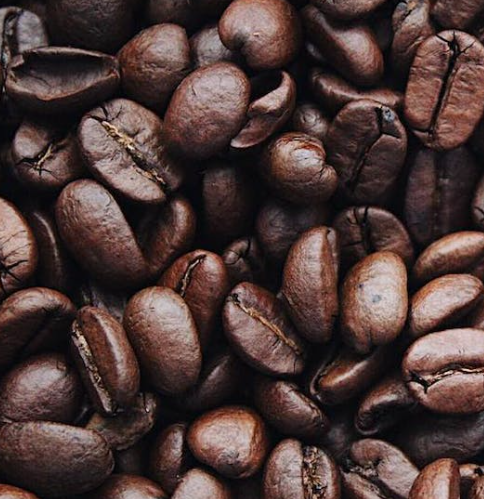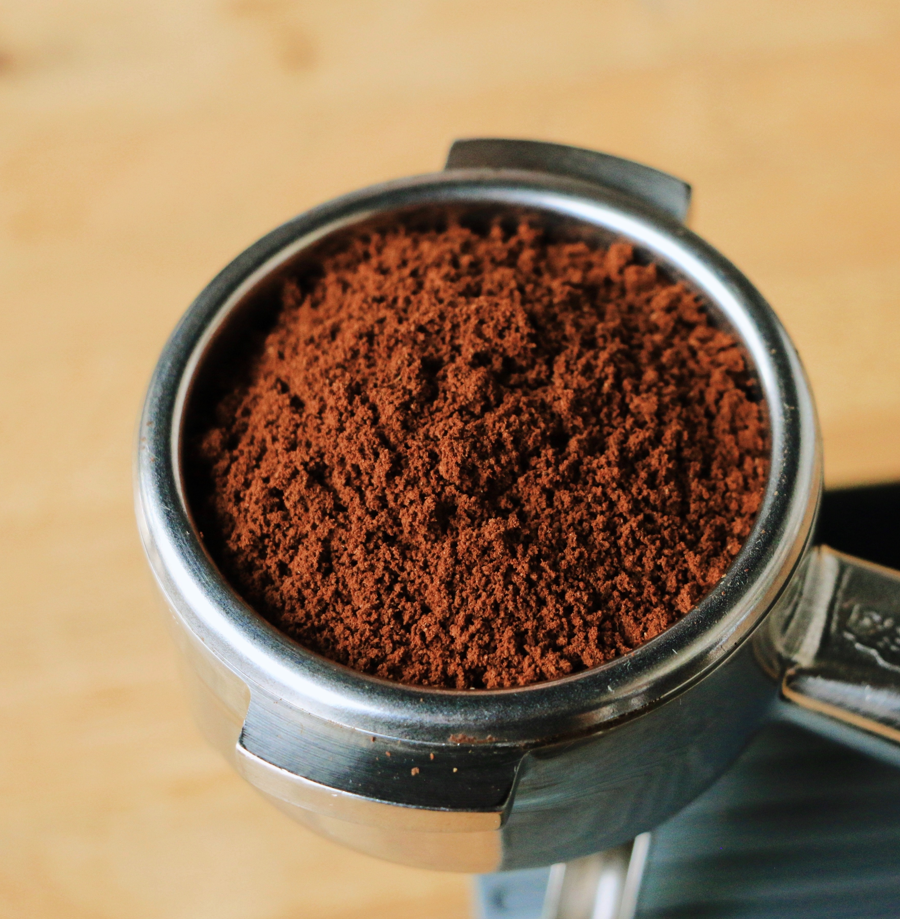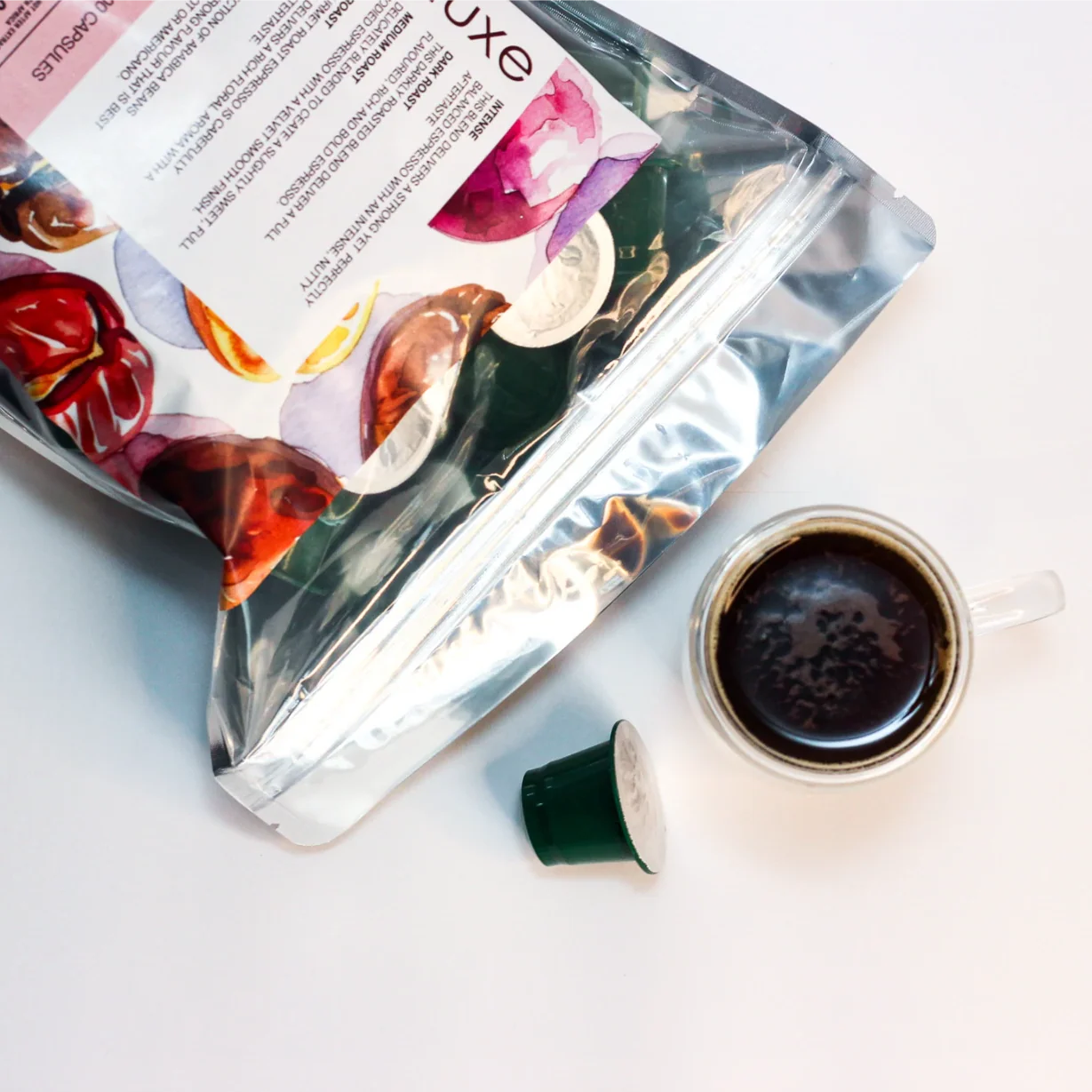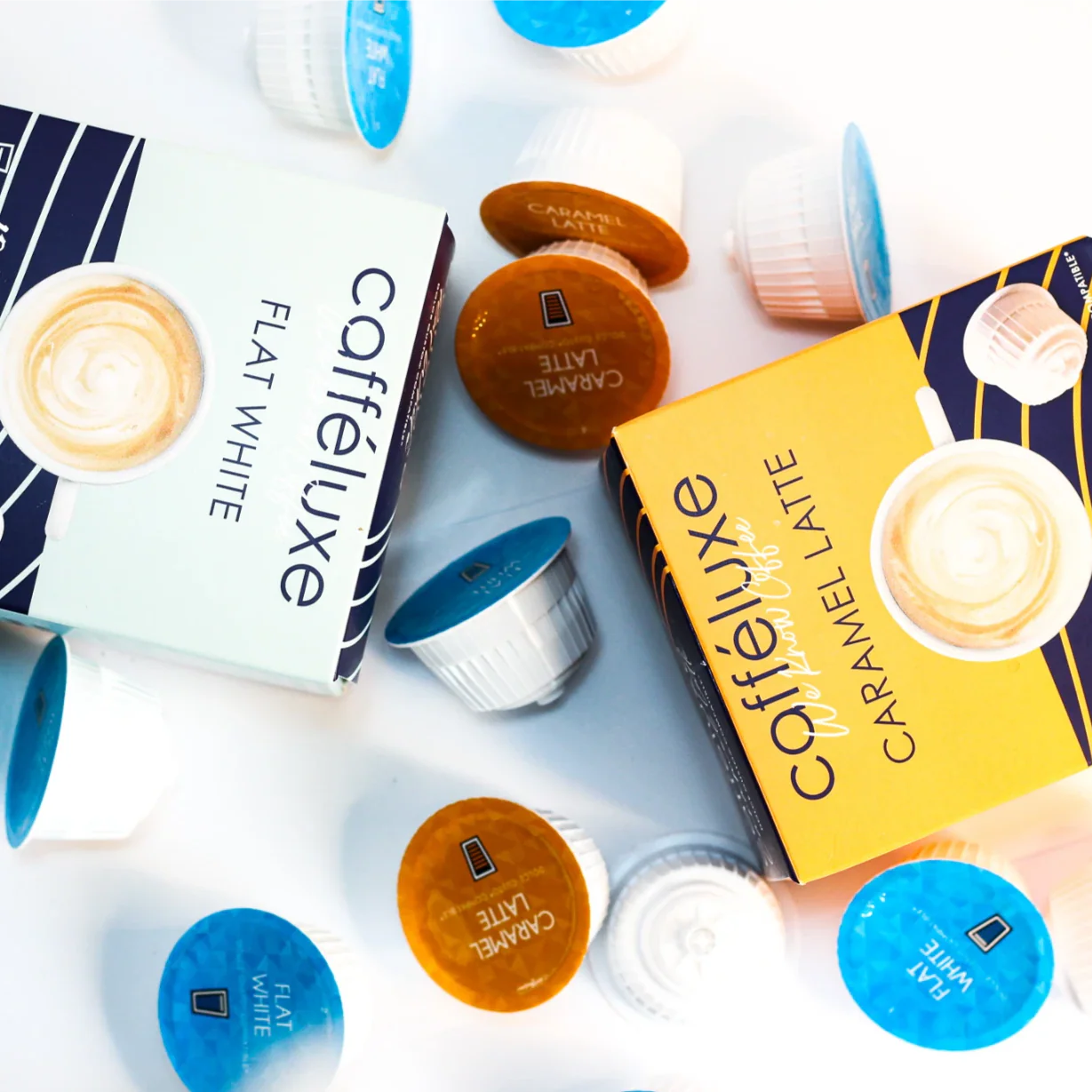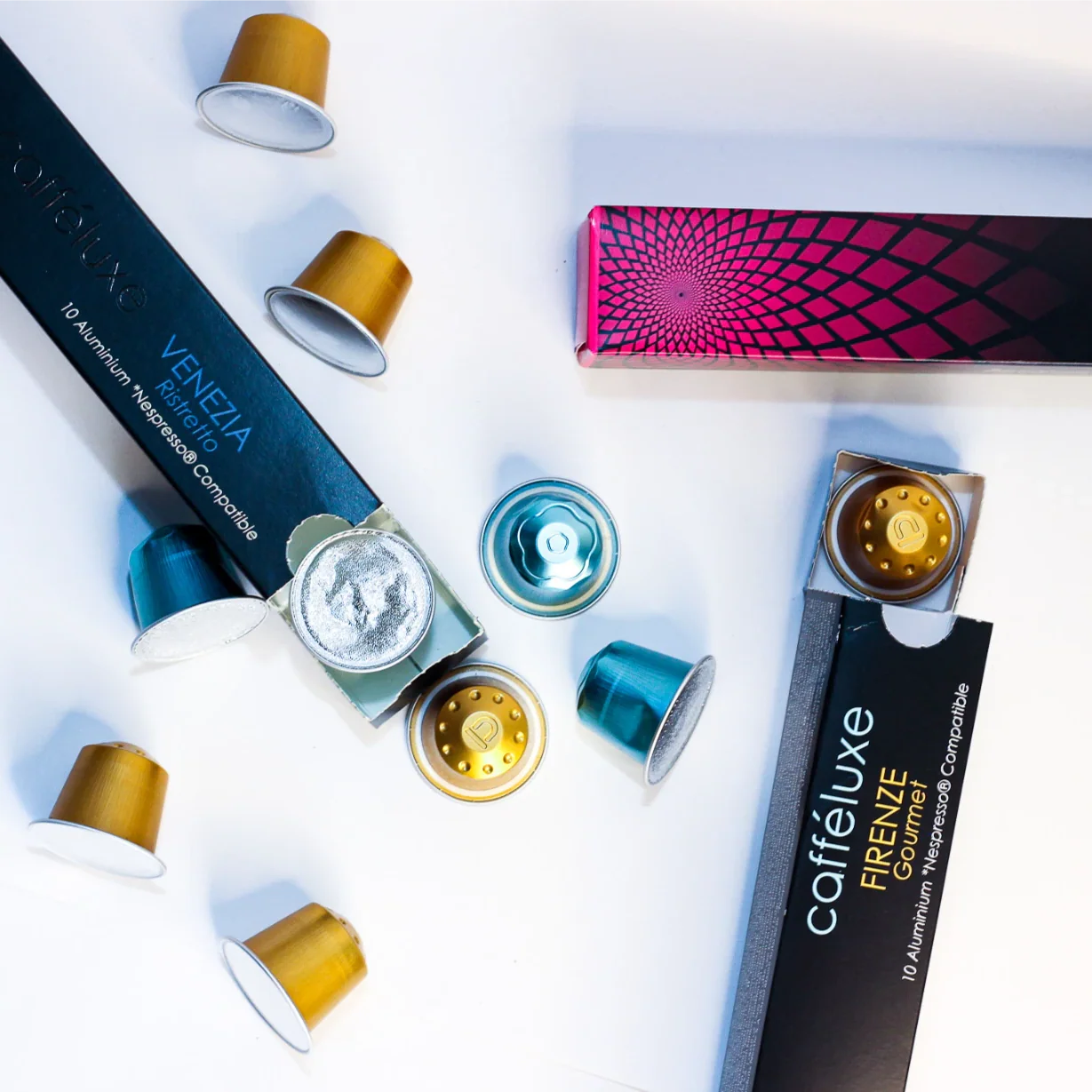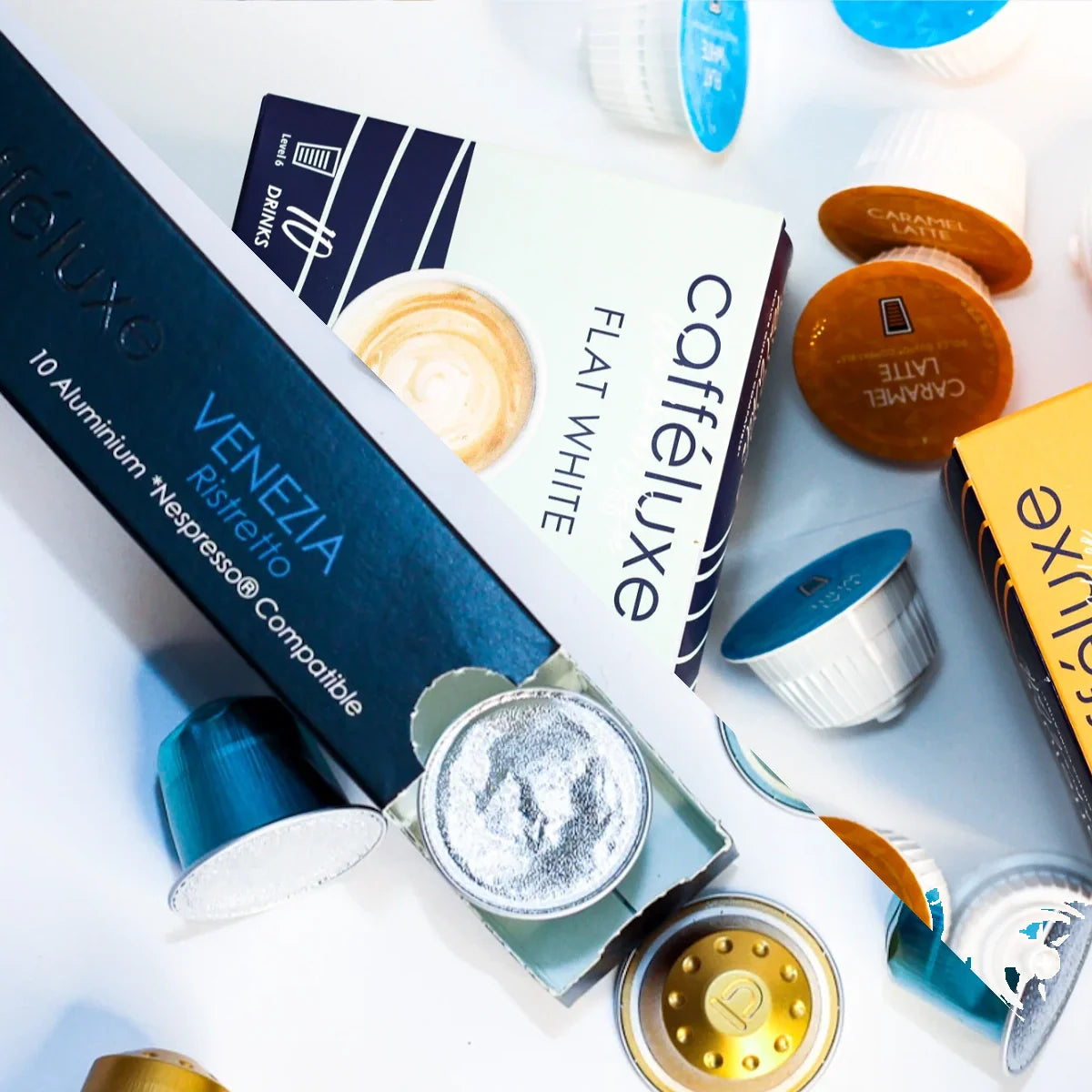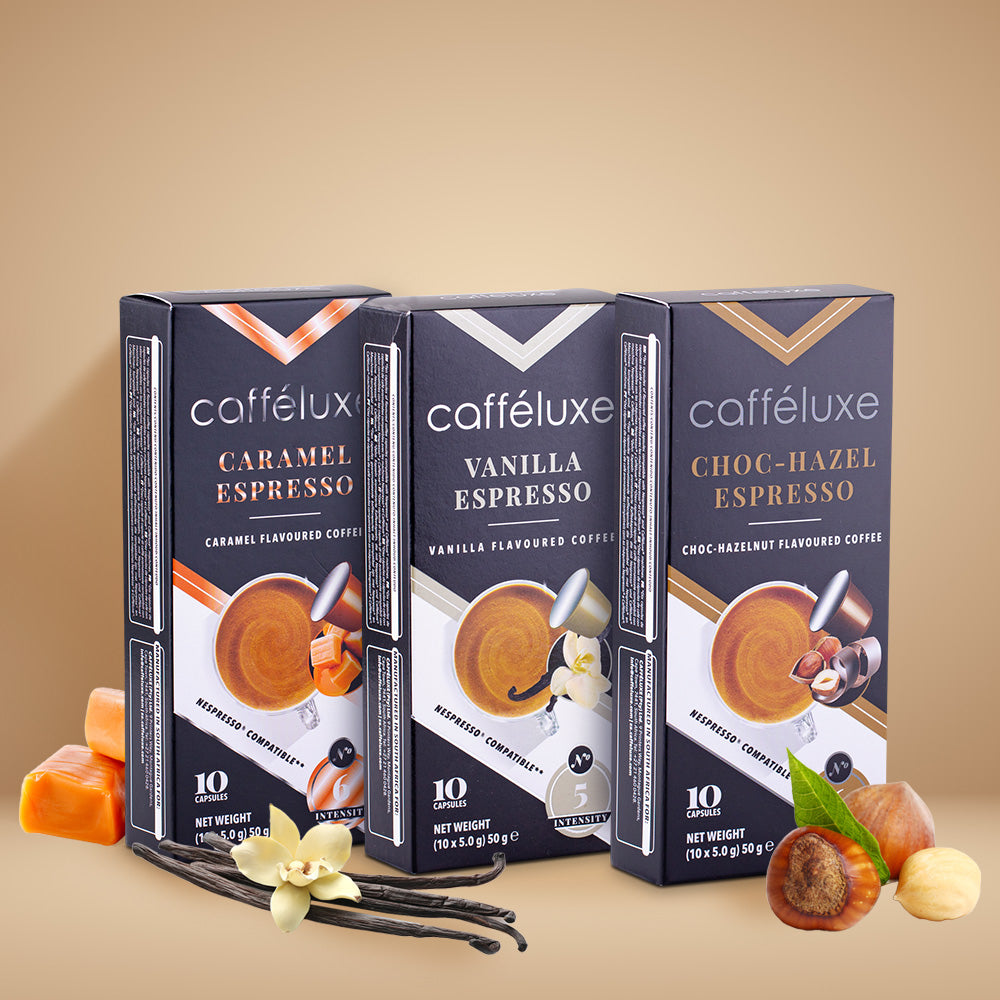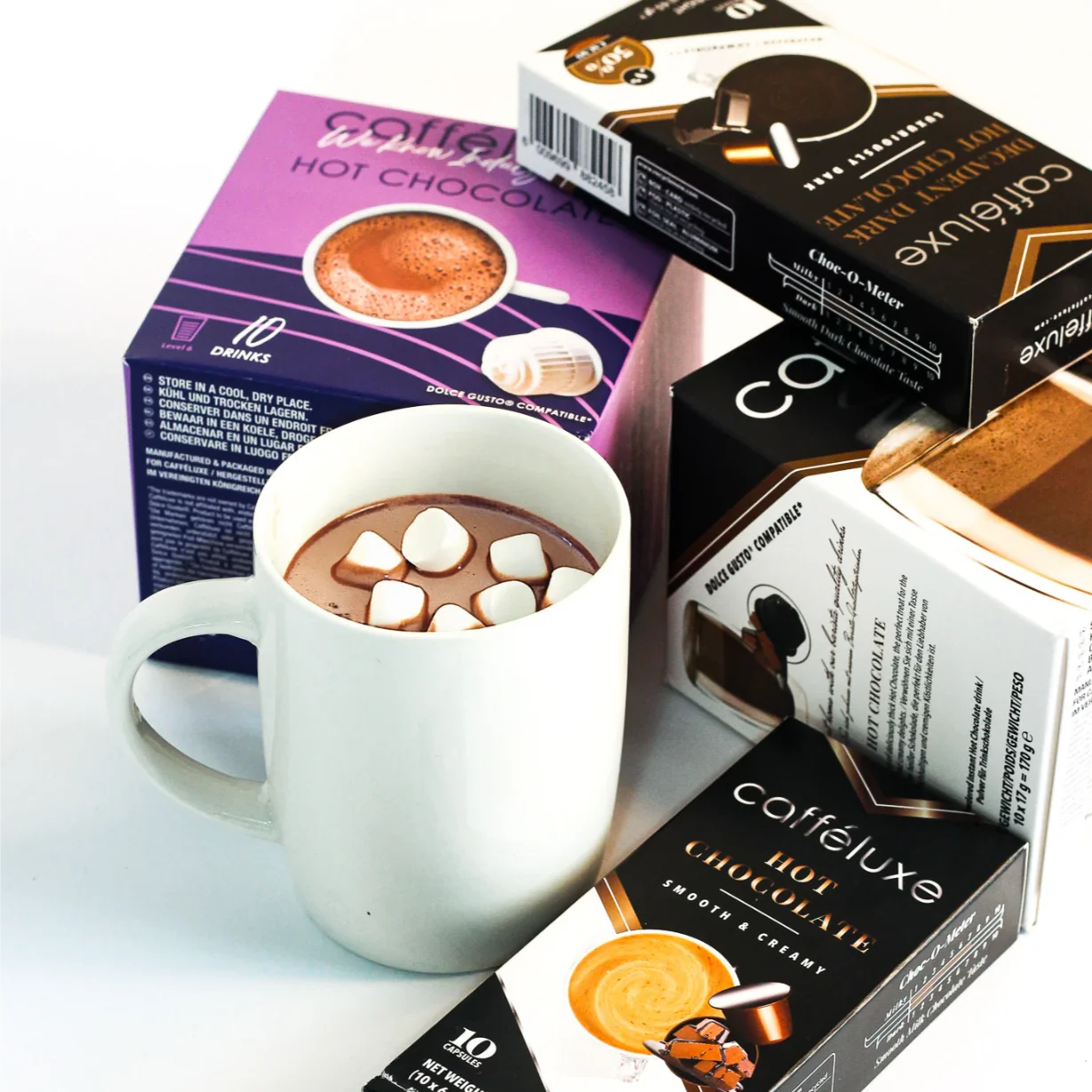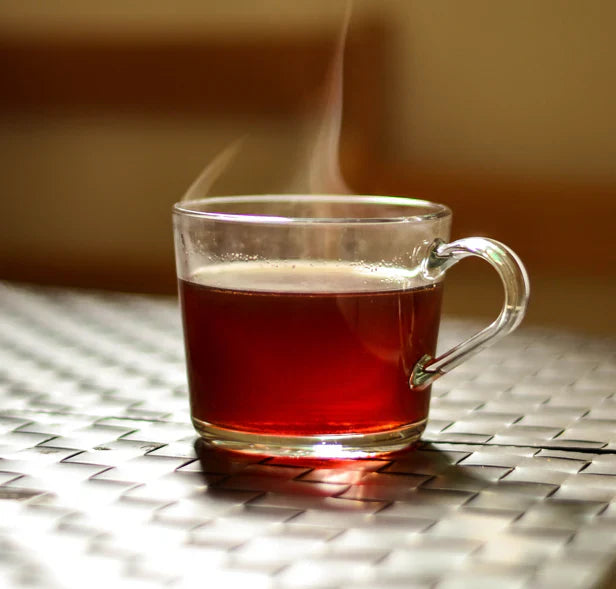You know that last super strong sip of coffee that you normally throw away? How about the endless mugs of coffee you've let get cold while life happens? Or the old coffee sitting in the pot that no-one wants to drink?Usually, you'd simply pour these down the sink and make a fresh cup. But what if you could repurpose your old unwanted coffee into something new, something useful, or even something delicious? Take a look below at our top ten tips to transforming your favourite beverage, and you'll soon see that there's far more to coffee than meets the eye.
1. Coffee Ice Cubes
Yes, this is a thing - and a tasty one at that! When you're done with your daily coffee, simply pour any leftover drops into an ice tray and freeze. Then when you're in the mood for something cool and refreshing, just add to a glass of milk for iced coffee, blitz with vanilla ice cream for a coffee milkshake, or pour over some Kahlua for a wicked coffee blast! Every hour is happy hour when there's coffee to be had.
2. Iced CoffeeWe've already mentioned it, but it helps to know exactly how to make this frozen treat, particularly in the scorching heat of summer. Simply make your coffee ice cubes as above, and then choose your favourite blend - either more ice, milk, or even ice cream for a richer flavour. Experiment by adding other flavours such as chocolate chips, caramel or mint, and drink up!
3. Mocha Chocolate PuddingNot chocolate pudding for dessert again! Why not add some excitement to this post-dinner tradition by giving it a little coffee attitude? Whether you like your coffee flavour bold and intense or mild and mellow, try different combinations with your standard chocolate pudding mix and create something truly mocha-licious! They'll be queuing up for seconds in no time.
4. Coffee BrowniesCalories schmalories. Nothing beats the taste of rich, gooey chocolate brownies, especially when you add some delectable coffee into the mix! Simply replace part of the milk used to make your brownies with leftover coffee instead, and you'll have a delectable tray of mocha brownies to eat your way through at coffee time, tea time or anytime. Add some whipped cream for a truly indulgent treat and savour every last coffee-flavoured bite.
5. Coffee Ice CreamSalted caramel ice cream is so 2016. Instead, add some sass to your summer with a cone of coffee ice cream and make 2017 as mouthwatering as can be. If you have an ice cream maker then you're in luck - simply add a shot or two of coffee to the mix for lick after lick of mocha delight. And even if you don't have a fancy ice cream machine, you could kick it old school by adding some coffee to store-bought vanilla ice cream, mixing it in when soft, and then refreezing. Top off with a Flake, choc chips or your favourite sauce, and prepare for a season of yum!
6. TiramisuOk ok, it's the last coffee recipe, we promise. But we couldn't leave Tiramisu off the list as it's just so gosh darn delectable! Make sure your pantry is stocked with ladyfingers, mascarpone cheese, eggs, sugar and cocoa, and the next time you have some leftover coffee going begging, you'll have everything you need to make this luscious Italian dessert. Simply make your Tiramisu according to your favourite recipe, and then make sure to invite us round to taste the results. Easy peasy!
7. Coffee Plant FoodNo, your eyes are not deceiving you - it's completely possible to nourish your plants with that old cup of coffee you left on your desk. As it turns out, some plants need acid in order to thrive, which you can help provide by pouring your leftover coffee into the soil. Simply make sure that you dilute your black coffee with water, making a solution that's one part water and one part coffee, and then use it to enrich your African violets, azaleas, hydrangeas and more. Your plants will have the acid-rich environment they need, and you'll have a quick and easy way to make your garden grow.
8. Coffee CompostAgain, it's a thing, believe it or not. Give your compost some added flavour with old coffee or even coffee grounds too, making sure your mixture is one part grass, one part leaves and one part coffee for maximum effectiveness. Used coffee is high in nitrogen - a favourite of worms, which makes it the perfect addition to any compost pile. Just remember to allow enough time for the coffee to break down before using it as fertiliser, and the grass will always be greener on your side.
9. Coffee Fabric DyeIf you're into clothes that are unique, one-of-a-kind, and beautifully vintage-looking, you'll love this top tip. Use your leftover coffee as a fabric dye, and transform old pieces into new and exciting everyday wear! While coffee works best when dying white fabrics, or even lightly coloured pastels, try it on a range of fabrics to gauge the effect, and experiment by adding coloured dyes to your coffee as well. Coffee stains have never been so fashionable!
10. Coffee Grill CleanerAs South Africans we all love braais - but what we don't love is cleaning the grill after a hefty session. Luckily the acid in your morning cuppa can help cut through the grease in no time. Simply pour a cup for yourself and a cup for the grill, and once you feel fortified enough to start, get to it! Soak your grate in one or more cups of coffee, then watch as the dirt slides off with hardly any elbow grease needed. So quick and easy, you'll want to start braaing every night!
